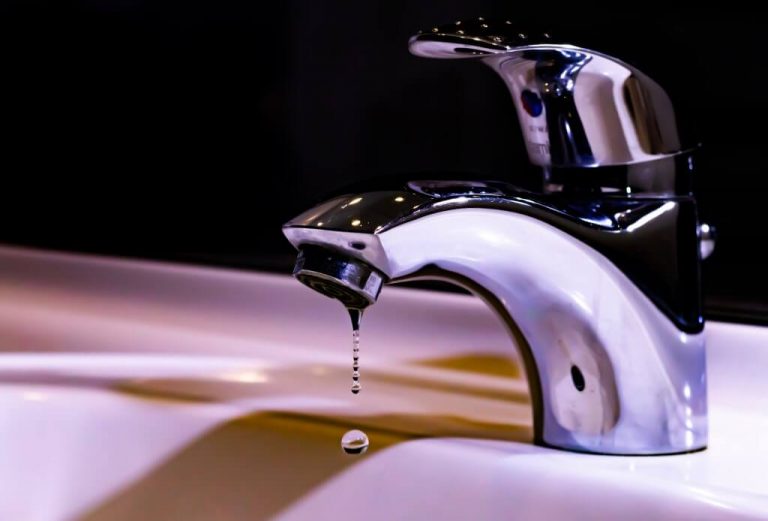Table of Contents [show]
Water pressure is determined by the force of water coming through public pipes into your home. Low water pressure can be caused by a number of issues including sand, oil, debris, dirt, grease, food, or foreign material. Pollutants can also block your pipes if there are issues taking place in the water main. Minerals can also buildup and clog pipes over a period of time.
Indications of Low Water Pressure
If you have issues caused by low water pressure, it can affect all your fixtures. It can often be misdiagnosed because it could not be determined by a specific application.
It can be confusing as the water pressure in your shower is great but the kitchen sink has no pressure whatsoever. There could be a blockage in the kitchen sink’s pipes or possibly some foreign matter has built up causing low water pressure. In most cases, you can clear out the pipeline and it will be fine.
Test the Water Pressure
It’s very easy to test your water pressure at home. You will need to purchase a cheap pressure gauge. Some homes have a dedicated gauge hooked up somewhere in the water line making it even easier to check the water pressure.
Choosing the Correct Location
Find the outdoor hose spigot closet where your home’s main water supply comes into the house. If you get your water from a well, you need to find the faucet that is closest to the well’s pressure tank. The most accurate reading will come from the hose bib or the faucet is fed by a supply pipe which will be the largest pipe in the house. This pipe has not been reduced in size similar to lines in your bathroom fixtures.
No Running Water
Beforehand, make sure the water is not being used anywhere in your home. Make sure all home appliances are off before you test the water pressure using a gauge. You have to measure the static water pressure. If the water is running in the plumbing system it could give you a false reading.
Install Your Gauge
If a hose is connected to the faucet, remove it before starting the pressure test. Next, screw the pressure gauge onto the faucet. Make sure you have a good seal in order to get a good reading. If you have a leak, you can tighten the gauge with a wrench or pliers. For best results, have a gauge that reads in psi. (pounds per square inch).
Check the Pressure
The average home’s water pressure should not go over 60 psi. Turn the faucet all the way on before reading the pressure on the gauge’s dial. The average pressure regulator has a maximum adjustment of up to 75 psi. If the reading is over 75 psi the pressure regulator is not working properly. If you don’t have a pressure regulator, talk to your plumber about getting a regulator installed.
In Conclusion
Water pressure issues are common in many ways which can all affect the quality of your water pressure. If you are experiencing low water pressure, try to find out what’s causing the problem and correct it as soon as possible, or ask your plumber the check out the problem and fix it.

